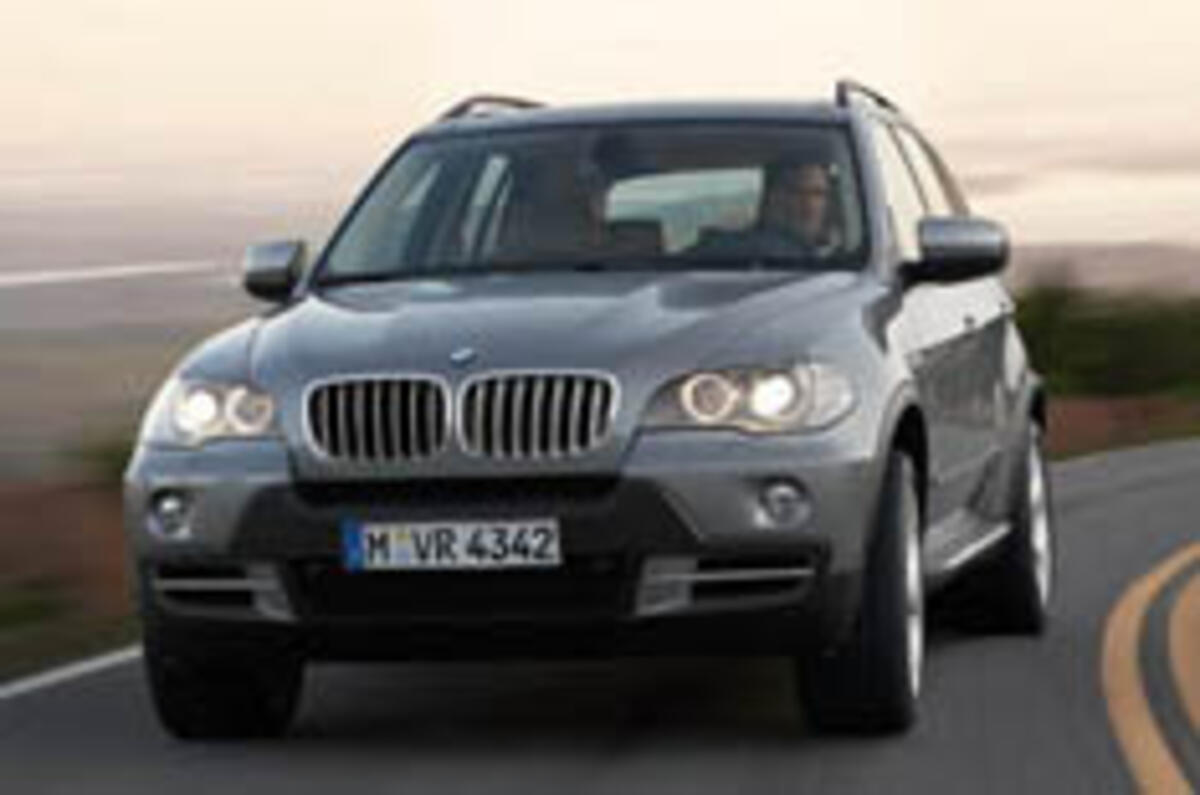Meet the new X5. It might not be bolder, but it’s bigger and BMW says it's also better than ever – in fact, it is confident that the new X5 will do just what its predecessor did seven years ago, setting new standards for handling and comfort in a 4x4.
Development of the X5 has centred around refining its on-road handling, with much engineering work going into getting the engine and gearbox as low and as far back in the car as possible. This means the car’s centre of gravity is as low as possible, improving cornering agility and handling.Sources who have driven the new car say it handles as well as, if not better than, the current model and rides very well despite the use of run-flat tyres (often criticised for corrupting ride quality). “The compromise between handling and ride quality is the same as in the current car,” said our source.
The X5 is also optionally available with BMW’s Adaptive Drive, which uses hydraulic anti-roll bars to improve handling, and Active Steering that varies the steering ratio according to speed.
Engine choices include a 3.0-litre 227bhp six-cylinder diesel and 268bhp straight-six petrol, plus a 350bhp 4.8-litre V8. Expect a petrol-electric hybrid option in the next 12 months. There’s also a new six-speed automatic gearbox, which is claimed to cut shift speed by 50 per cent over the old model, operated via a new SMG-style shift lever.
Safe styling and seven seatsThe car’s styling is not a radical departure from that of the original X5, with little of the “flame surfacing” made notorious by BMW design chief Chris Bangle (who also styled the first X5).
While it isn’t bolder, the new X5 is significantly bigger than the old car — 190mm longer and 60mm wider — although sources suggest that in base trim the most popular model (the 3.0d) doesn’t weigh any more than the current car.
The extra length provides the space for an optional third row of seats, which fold flat into the floor. Although not really big enough for full-size adults, BMW reckons this won’t put buyers off — it says only 10-15 per cent will choose the seven-seat option. Boot space is 620 litres with five seats, and 200 litres with seven.
The interior uses current BMW styling cues, with some familiar forms from the X3: BMW says it wanted to address criticisms that the old car’s interior was too much like that of its saloon cars. The X5 arrives in UK showrooms next spring, when it’s predicted to cost up to five per cent more than the current car, which means prices will start at around £38,500.




Add your comment